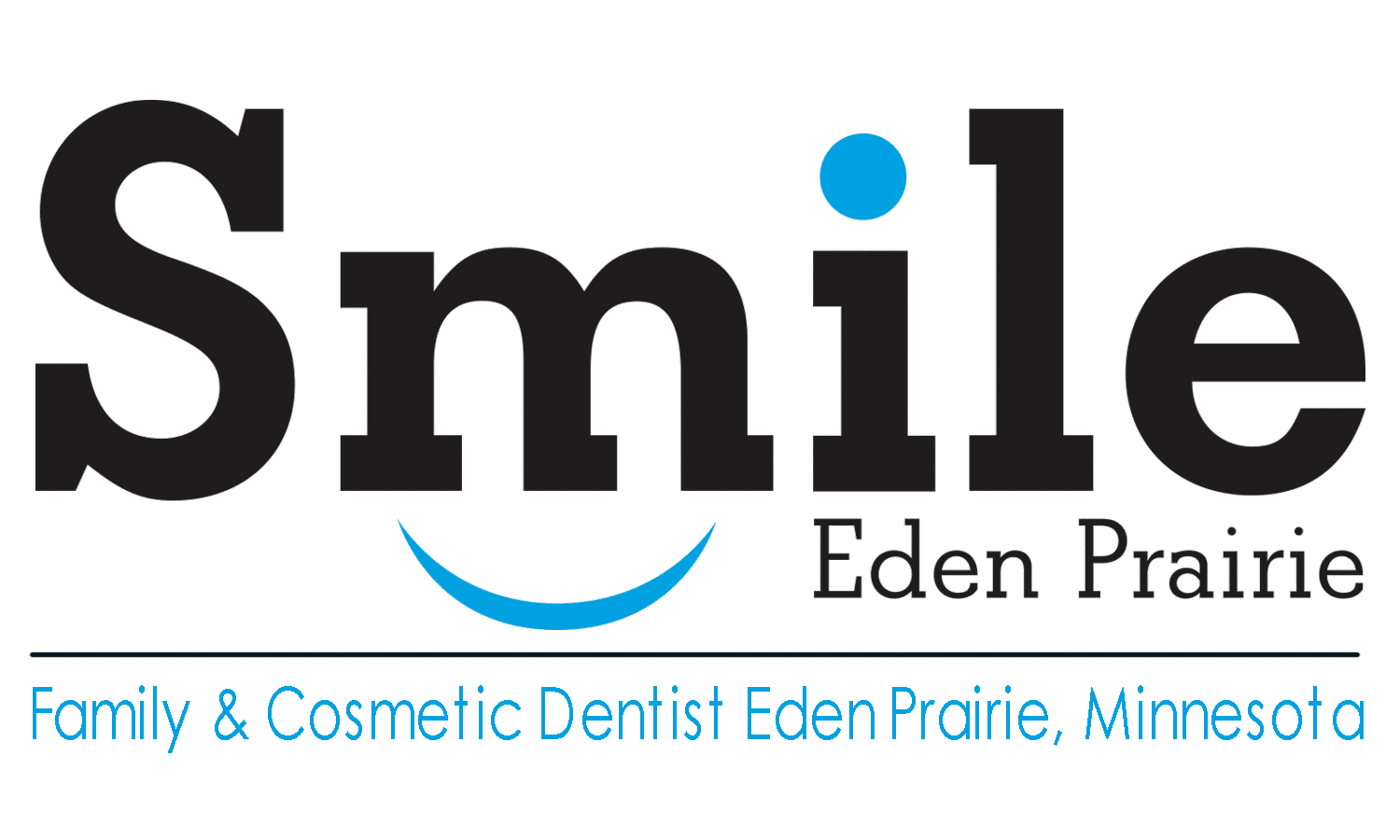General Dentistry Concepts: Toothpaste
Toothpaste is a paste or gel which is used along with a toothbrush to keep the teeth clean. Toothpaste is also used to promote good oral hygiene. It is an abrasive that aids in the removal of dental plaque and food particles in the teeth. Toothpaste also aids in suppressing halitosis and delivering active ingredients, most often fluoride, which help prevent tooth decay and gum disease. Salt and sodium bicarbonate or baking soda, are some of the common materials used to substitute for commercial grade toothpaste. If large amounts of toothpaste is swallowed, it can be toxic.
Ingredients
Along with 20–42% of water, toothpastes include a variety of different ingredients. The three main ingredients include abrasives, fluoride and detergents.
Abrasives
Abrasives make up at least 50% of a typical commercial toothpaste. These insoluble particles are intended to help in the removal of plaque from the teeth. Removing plaque and calculus helps to prevent the accumulation of tartar. The removal of plaque, calculus and tartar helps minimize the likelihood of cavities and periodontal disease. The abrasives which are present in toothpaste include particles of the following: aluminum hydroxide (Al(OH)3), calcium carbonate (CaCO3), various calcium hydrogen phosphates, various silicas and zeolites and hydroxyapatite (Ca5(PO4)3OH).
Abrasives, such as the dental polishing agents which are used in the dental office, also result in a small amount of enamel erosion. Some brands of toothpaste also contain powdered white mica. This substance acts as a mild abrasive and also adds an aesthetically pleasing glittery shimmer to the paste. The polishing of teeth helps remove stains from the tooth surfaces.
Fluorides
Fluoride, in various forms, is the most common active ingredient found in toothpaste and is used to prevent cavities. Fluoride is naturally present in small amounts in plants, animals and in some natural water sources. The additional fluoride found in toothpaste has beneficial effects on preserving the enamel and strengthening bones. Sodium fluoride (NaF) is the most common source of fluoride, but stannous fluoride (SnF2), olaflur and sodium monofluorophosphate (Na2PO3F) are also used. Stannous fluoride has proven to be more effective compared to sodium fluoride in the reduction of dental caries and controlling gingivitis. It can also result in more surface stains.
Surfactants
Many, but not all, toothpastes also contain sodium lauryl sulfate (SLS) or related detergents. SLS is found in a variety of other personal care products as well such as shampoo. SLS is mainly used as a foaming agent. This enables a consistent distribution of toothpaste and improves its ability to clean.
Antibacterial agents
Triclosan, which is an antibacterial agent, is another common toothpaste ingredient. Triclosan or zinc chloride are used to help prevent gingivitis. According to the American Dental Association (ADA), tricosan helps to reduce the presence of tartar and eliminate bad breath. A review conducted in 2013 found that triclosan Reduced plaque by 22%. For patients who have gingivitis, the review found a 48% reduction in bleeding gums.
Flavors
Toothpaste comes in a variety of colors and flavors which are added to encourage consistent use of the product. The three most common flavors used in toothpaste are peppermint, spearmint and wintergreen. These flavors are provided by the respective oils such as peppermint oil or spearmint oil. Less popular flavors that are available include apricot, bubblegum, cinnamon, fennel, lavender, neem, ginger, vanilla, lemon and orange. Unflavored toothpastes also exist.
